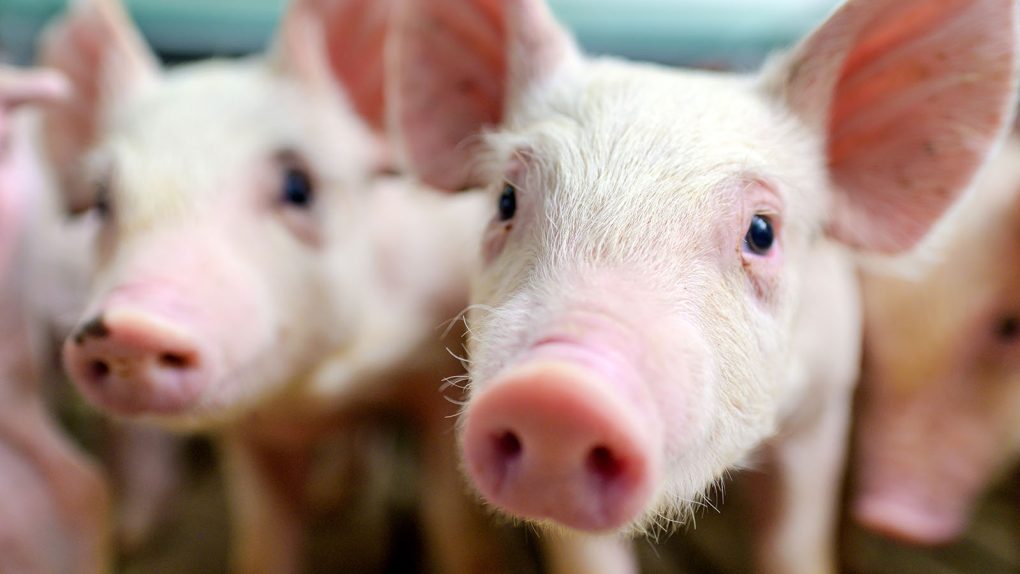- A coronavirus strain found in pigs in China is thought to have originated in bats, which is the same route of transmission that the SARS-CoV-2 virus took.
- The virus attacks the gastrointestinal tract rather than the respiratory system, causing uncontrollable diarrhea and other serious symptoms.
- Existing coronavirus treatments have proven effective against the virus so far.
As the coronavirus pandemic continues to ravage many parts of the world, researchers have been working hard to develop a safe and effective vaccine that could bring life back a bit closer to normal. Of course, the development of a vaccine and the good it could do for humanity assumes that another, separate strain of the virus isn’t poised to make a jump to humans and start the process all over again.
Now, researchers are warning that a type of coronavirus seen in pigs may indeed be capable of jumping to humans, and if it does, it could cause even more problems. It’s called SADS-CoV, which is short for “Swine Acute Diarrhea Syndrome Coronavirus” and, yeah, it’s as bad as it sounds.
As you might have gathered from the virus’s name, the SADS-CoV virus infects pigs, but it originated in bats. It’s been found in China, and it appears to be taking a similar route to the virus that causes COVID-19. Humans and pigs are shockingly close when it comes to genetics, making it easier for a virus to jump from pigs to humans.
One of the biggest differences between the two viruses is that SADS-CoV produces symptoms related to the gastrointestinal tract rather than the respiratory system. That doesn’t necessarily make it any less dangerous, however, as loss of fluid leading to dehydration and even malnutrition can arise from a mammal not being able to keep food down and expelling it rapidly. As a result, the new virus could be even more dangerous in many instances.
The researchers explain:
The emergence of new human and animal coronaviruses demand novel strategies that characterize the threat potential of newly discovered zoonotic strains. We synthetically recovered recombinant wild-type and derivative swine acute diarrhea syndrome coronaviruses (SADS-CoVs) that express indicator genes and characterized their growth, macromolecular biosynthesis, and replication efficiency in a variety of mammalian cell lines, including primary human cells. The data demonstrate that SADS-CoV has a broad host range and has inherent potential to disseminate between animal and human hosts, perhaps using swine as an intermediate species.
Tracking the path that viruses take from the animal world to humans can be difficult. Early on in the coronavirus pandemic scientists considered everything from bats, marine life, to pangolins as possible routes of transmission. In the case of SADS-CoV, it seems clear that if the virus is going to make the jump, it’s going to do so from pigs.
What’s particularly interesting about this other virus is that it seems to respond well to drugs that are currently being used to treat COVID-19, like remdesivir.
“Promising data with remdesivir provides a potential treatment option in the case of a human spillover event,” Caitlin Edwards, lead author of the research, said in a statement. “We recommend that both swine workers and the swine population be continually monitored for indications of SADS-CoV infections to prevent outbreaks and massive economic losses.”







